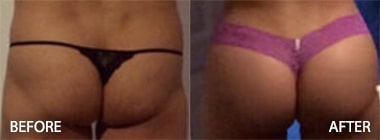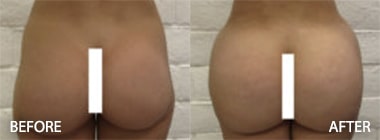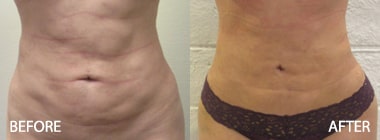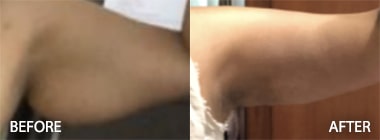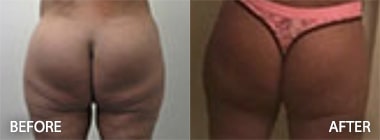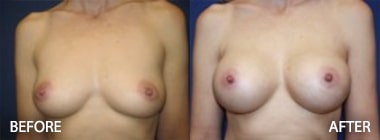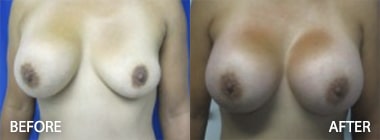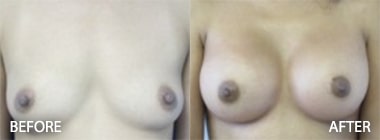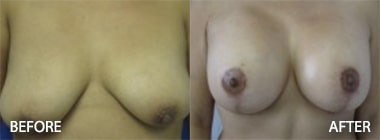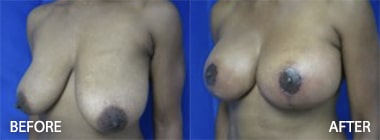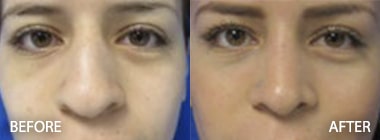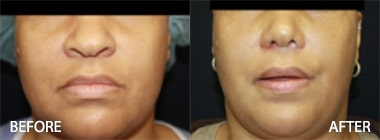6) Acellular Dermal Matrices for Secondary Augmentation
Some of the most complicated and challenging predicaments to correct are deformities of the breast following breast augmentation and augmentation mastopexy(breast lift). They are of the most complex procedures that a plastic surgeon may face with a significantly higher rate of complications compared to primary procedures, perhaps due to the fact that there may be encapsulation or stretch of breast tissue caused by excessive scarring or thinning attributed to the use of large implants.23,35 In a 2 year study where 78 patients who underwent breast augmentation and augmentation mastopexies with acellular dermal matrices were enrolled and followed up for 12 months, no capsular contractures were reported although, two complications did occur; implant malposition and hematoma formation. This data suggests that with the use of acellular dermal matrices the capsular contracture rate following revision breast augmentation and augmentation mastopexy procedures is markedly reduced. 35 In a more recent retrospective study by Hartzell et al23 a single surgeons’ experience using acellular dermal matrix following breast augmentation from 2005 to 2009 was analyzed during which 23 patients (38 breasts) were included. Of the 38 breasts, implant malposition was reported in 22 and surface irregularities in 28, with both appearing in 12 patients. Following their revision procedure, 20 patients showed improvement in the aesthetic appearance of their breasts, 3 patients required an additional procedure and 1 patient was found to have incurred an infection for which the human acellular dermal matrix was removed. In the end, the authors proclaim the use of human acellular dermal matrix a safe alternative for correction of breast deformities following augmentation.
Dermal Matrices in Breast Augmentation Articles
Part I: Types of Dermal Matrices in Breast Augmentation
Part II: Dermal Matrices in Breast Augmentation
Part III: Complications of Dermal Matrices in Breast Augmentation
Part IV: Dermal Matrices in Breast Reconstruction
Part V: Dermal Matrices in Breast Augmentation Summary
Click on the links below to view a few of the chapters written by Dr. Hughes
Chapter 1: Preoperative Workup in the Plastic Surgery Patient
Chapter 2: Photography in Plastic Surgery
Chapter 3: Facelift
Chapter 4: Fat Grafting
Chapter 5: Fillers
Chapter 6: The Role of Dermal Matrices in Breast Augmentation
Chapter 7: Scar Revision in Plastic Surgery
Or Continue on to Breast Augmentation Photo Galleries
